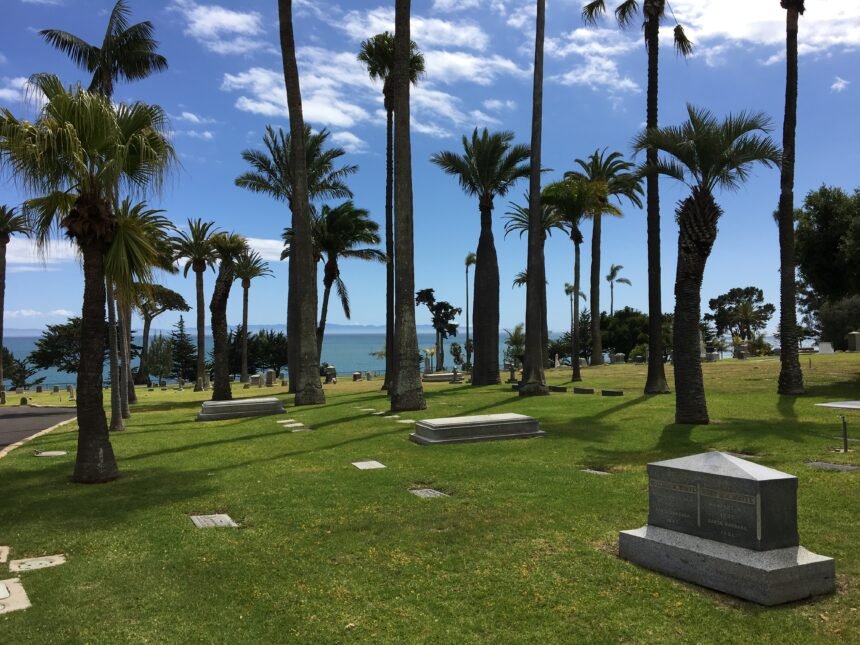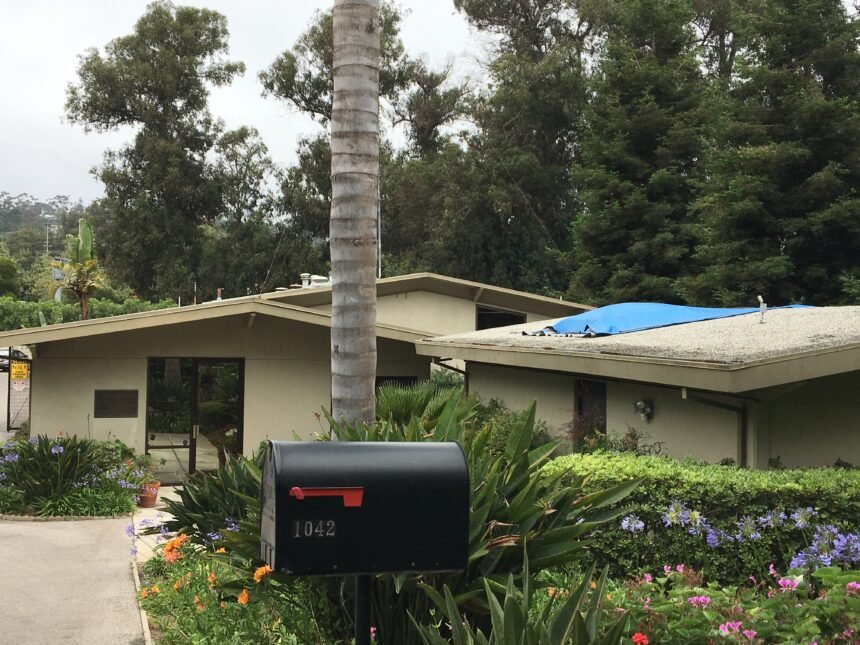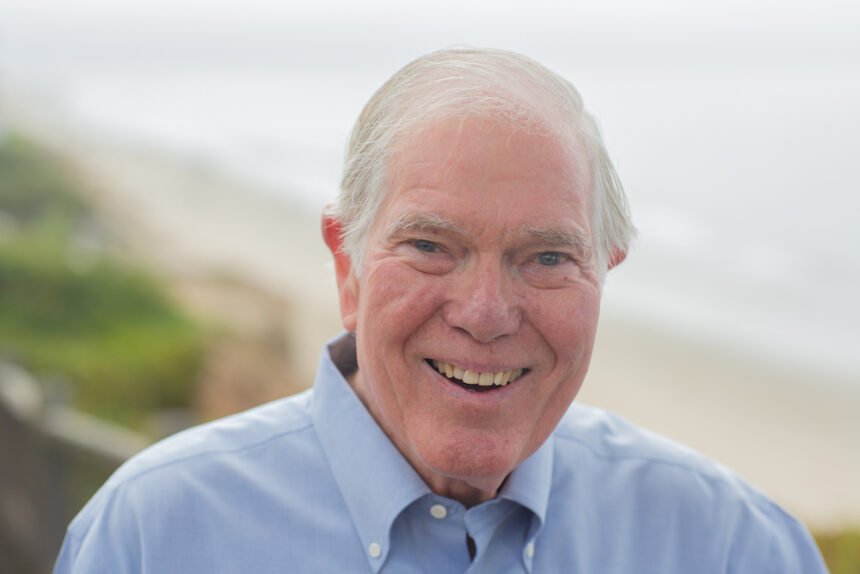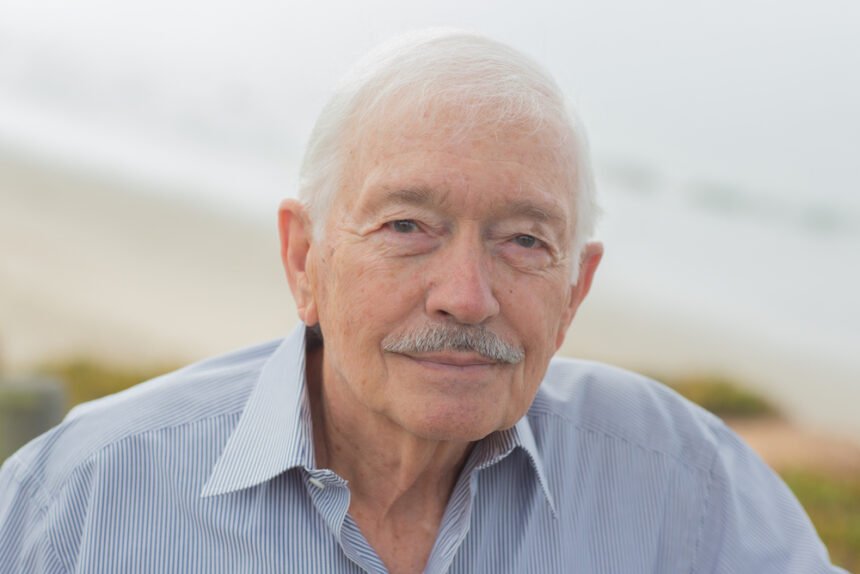Pre-Election Meltdown at Montecito Sanitary: general manager, 3 directors quitting





Some call it a “quiet revolution.” Others, a “hostile takeover.”
Either way, on the heels of a severe drought, a group of wealthy Montecitans, many of them members of the Birnam Wood and Valley Club golf courses on East Valley Road, will gain control over all aspects of water policy on Nov. 3 and for the foreseeable future in this exclusive enclave of one-acre lots and large estates.
It’s been a five-year crusade. In 2016 and 2018 elections, candidates backed by $210,000 in donations swept out all five Montecito water board members, riding a voter backlash against rationing and heavy fees for over-watering. They billed themselves as “Your Water Security Team,” and they gained a foothold on the Montecito Sanitary District board, too.
This Nov. 3, a slate of Water Security candidates is set to finish the job, capturing the sanitary district board majority: they are running virtually unopposed. Campaign donations to the slate total $45,600, including $25,000 from Joseph Hardin Jr., a retired Walmart executive and former board member of the Birnam Wood and Valley clubs who also donated $25,000 to the 2018 campaigns.
Water and sanitary board elections have profound consequences for the availability and cost of water in a small community where residential water use, at 200 gallons per capita per day, is among the highest in the state. This year, saying that residents couldn’t be expected to conserve more than they already have, the Montecito Water District signed a deal with Santa Barbara for a $33 million supply of city water for the next 50 years; and raised rates to pay for it.
“A quiet revolution has been taking place in Montecito … we can have the top-notch sanitary district Montecito deserves,” states a recent ad in the Montecito Journal, signed by the Committee for Montecito Water Security.
But Hillary Hauser, executive director of Heal the Ocean, a non-profit environmentalist group that lobbies for recycled water, believes the committee is bent on a “hostile takeover.” What the committee really wants, she said, is to merge the water and sanitary districts.
“They’re playing dirty pool,” Hauser said. “They used quotes from our literature and put it in their ads when they were first running for their seats on the water and sanitary boards. That isn’t nice.”
The cemetery project
The three Water Security candidates currently running on a slate for three seats on the Montecito Sanitary District board say they would scrap the district’s longstanding plans to build a $5 million wastewater recycling plant on its property at 1042 Monte Cristo Lane. The plant would have provided non-potable water to keep the vast lawn green at the Santa Barbara Cemetery, a stone’s throw away across Channel Drive, beginning next spring. It was envisioned as the first phase of a larger project.
In place of the district’s current proposal, the slate favors building a much larger, more expensive plant from the start, one that would provide recycled water well beyond the cemetery to such customers as the golf courses and the Biltmore and Miramar hotels. A 2018 water district study on water recycling options for Montecito estimated the cost of such a project at $16 million.
“It’s important for the environment,” said Ed Martin, a Water Security candidate for the sanitary board. If 100 percent of Montecito’s wastewater can be recycled, he said, there would be no need for the district to continue shipping treated wastewater, or effluent, through an ocean pipeline that discharges 1,500 feet off Butterfly Beach.
That’s the beach where “the affluent bathe in the effluent,” Martin said.
Purging, then merging?
Do the Water Security candidates support a merger with the water district? They’re not saying. But Bob Hazard, the Journal associate editor, has been promoting the idea for years. Hazard is a past president of Birnam Wood and one of the chief movers and shakers behind the original Birnam Wood group and the Committee for Water Security.
Along with the cemetery, the golf courses are among the largest water users in Montecito. According to the water district study, Birnam Wood could be expected to use an average 89,000 gallons of recycled water per day; and the Valley Club, 134,000 gallons. The sanitary district estimates the cemetery’s potential use at 60,000 gallons of recycled water per day.
In his newspaper columns and at water board meetings, Hazard lobbied tirelessly for the water and sanitary districts to merge and form a community services district. The current majority on the sanitary board opposes the idea, but that majority is about to change.
Hazard did not respond to a request for comment for this article. And Phil Bernstein, a Water Security committee co-founder who owns a Santa Barbara agricultural import-export firm, declined to predict what the future might hold.
“There’s only one thing I want from all of this, and that’s what’s best for Montecito,” he said. “I’d hardly call it a hostile takeover. We have patiently waited for the opportunity to do the right thing. There’s a gaping opportunity here.”
There is indeed. Three sanitary board members whose terms are up in December – President Tom Bollay and directors Tom Kern and Jeff Kerns – have decided not to run.
General Manager Diane Gabriel, a civil engineer who has been a frequent target of Water Security members and supporters, is resigning on Oct. 2 after 19 years at the district. Toni McDonald, the district administrator, has already left, along with two sewer maintenance workers. Further defections from the original staff of 17 employees are expected later this fall.
In 2018, the district won a Project of the Year award from the American Society of Civil Engineers for building a $5 million, one-of-a kind wastewater lift station for the Miramar hotel on South Jameson Lane. As a badge of financial soundness, the district enjoys a coveted AA+ rating from Standard & Poor’s, the global business intelligence firm.
Board President Bollay wonders what the Water Security committee is planning next.
“We have a first-class sanitary district, so I don’t know what this first-class system is that they’re envisioning,” he said.
Judith Ishkanian, a former sanitary board veteran who lost her seat to the Water Security team in 2018 and now serves on the board of the Montecito Fire Protection District, is hoping the water and sanitary districts will not merge: “If it ain’t broke, don’t fix it,” she said. Independent districts are the ‘gold standard’ for small communities such as Montecito, Ishkanian said.
“We’re throwing away the venerable system we’ve had for generations for an unknown future promised by a few ambitious people with very different dreams and goals,” she said. “It’s the end of Camelot.”
The new order
During the 2018 election, the Water Security committee and its supporters ran a belligerent campaign more in tune with Trump-era politics than the sleepy district elections of the past in Montecito. They threatened to sue the Sanitary District for running an informational ad. They filed claims of conflict of interest and unlawful use of district funds with the state, and the state rejected them.
This time around, only one challenger is on the ballot: He is Gary Fuller, a lawyer and plumber who owns Acme Detection/Mountain Construction in Montecito. He said he doesn’t plan to spend any money on advertising.
“I feel the term ‘Water Security’ team is an oxymoron,” Fuller said. “It appears they are intent on securing a public resource for private enterprise. I think enough people have formed an opinion about their motives that I should be elected. You shouldn’t need corporate money to run for a small municipal sanitary board.”
The candidates on the Water Security slate for the sanitary board are Don Eversoll, a former Long Island real estate developer; Dorinne Lee Johnson, a Montecito Association board member and the former owner of a construction management and design firm in Santa Monica; and Martin, a former Los Angeles attorney specializing in exposure to radiation and toxics in the workplace.
With three seats open on the board and four contenders, the slate is assured at least two seats. Add those to the two board members who were elected in 2018 – Woody Barrett, a petroleum geologist; and Dana Newquist, the owner of Mission Villa, an Alzheimer’s facility in Santa Barbara – and a Water Security majority of at least four out of five board members is assured.
Also on Nov. 3 ballot are water board President Floyd Wicks, an advisor to private water companies; and water board Director Tobe Plough, a management consultant who has a “social membership” at Birnam Wood. They are running for re-election unopposed.
Plough and Wicks are Water Security committee members, and so is Ken Coates, a retired Ford Motor Co. executive who serves on the water board. Barrett and Newquist are on the committee, along with Bernstein and Bob Short, a retired real estate developer who has a “social membership” at Birnam Wood.
The Water Security candidates for the sanitary board have pledged to lower Montecito’s sewer charges, presently set at $1,480 yearly for single-family homes.
They say they would scrap the district’s longtime plan to replace its aging building at 1042 Monte Cristo Lane with a $4.6 million “essential services building.” They view it as a vanity project; their ad calls it “wasteful overspending.”
The district began grading the building site in late 2018, claiming that the proposed building, which would include work stations for all 17 employees, was vital to wastewater treatment operations and exempt from county review. But after receiving a complaint from Martin, the county issued a stop-work order and required the district to apply for a development permit.
“You really need to go through the process,” said Johnson, a sanitary board candidate who chairs the Montecito Association’s land-use committee. “They commenced a massive grading without a permit.”
To date, beginning at the district years ago, there have been 20 hearings on the plans for the 5,000 square-foot building.
Eversoll, another Water Security candidate, said the district’s $7 million capital replacement fund could better be used to help Montecito residents presently on septic tanks to hook up to the sewers. Besides, as Martin told the board last year, there would be no need for a building if the sanitary and water districts merged.
Director Kern, who is leaving the sanitary district board after eight years, said the current headquarters needs to be replaced because it has asbestos and mold, and the roof leaks. The building also has no showers for sewer maintenance workers.
“Trying to fix that building would be a mistake,” Kern said.
Kern supports the cemetery project as the first phase of a larger recycled water project. It would recycle about 10 percent of Montecito’s wastewater.
“We need to move ahead on that quickly, and I felt the Sanitary District was being discouraged from doing it,” Kern said. “The plan was a good one.”
No recycling in sight
Citing concerns for public health, Montecito water boards have historically opposed recycling wastewater for irrigation, even after Goleta and Santa Barbara started doing it 30 years ago. About 85 percent of the water in Montecito is used on landscaping, leaving only 15 percent that can be captured in the sewers and recycled.
In 2016, Wicks and Plough ran for the water board as ardent supporters of water recycling, and they won. They sent out a glossy campaign mailer to residents featuring a picture of a spacecraft. “What does the International Space Station have that the Montecito Water District does not?” the mailer said. “The answer is recycled water.”
But during four years on the board, Wicks and Plough focused instead on pushing through the plan to buy a share of Santa Barbara’s water. Under the deal Montecito will pay $33 million, or 46 percent, of the cost of city’s $72 million desalination plant.
Last year, the Montecito water board signed a joint resolution with the sanitary board, agreeing that the cemetery project would be built as the first phase of a larger wastewater recycling plan. But the water board has not yet accepted the plans or environmental documents that the sanitary district has submitted to the county.
“This is one of the most frustrating situations that Heal the Ocean has ever encountered,” Hauser said. “It is just a crime to be using drinking water on the cemetery.”
Plough and Wicks note that they helped obtain a state grant for the comprehensive 2018 study of Montecito’s recycled water options. They want the sanitary district to provide a footprint of its future expansion plans.
“We’ve asked for engineering drawings, at least 30 percent complete, to better evaluate what they’re planning to do,” Plough said. “What we’re looking at is, how can we offset potable demand?”
Wicks said, “We couldn’t even agree on who should be the agency to deliver recycled water. The water district could give up its right, but we never did that.”
Wicks has toyed with the idea of shipping Montecito’s wastewater supply to Santa Barbara, where the city’s plant has plenty of unused capacity. But if a water recycling plant is built in Montecito, he said, it should ideally be large enough to handle all of the community’s wastewater supply. Wicks said he would consider contracting a private firm to design, build and, temporarily, own and operate it.
“I’m not the only board member that would like to leave that as an option, if it’s better for the community,” he said.
During his career, Wicks was an advisor to the PERC Water Corporation, a private company that built a wastewater treatment plant in Santa Paula, Calif. in 2009. The city bought it back from PERC in 2015; almost immediately, there was a large wastewater spill. Another spill occurred in 2018. (Wicks was not a consultant on the Santa Paula project.)
This spring, Wicks sent a letter to the Montecito Board of Architectural Review, urging a “no” vote on a development permit for the district’s recycled water plan for the cemetery because, he said, it “neglects to consider possible future expansions of the facility.”
The review board conceptually approved both the sanitary district’s proposed building plans and the recycled water project for the cemetery; they are set for a hearing at the Montecito Planning Commission on Oct. 21. But in view of the expected election results, Coates, the water board director and Water Security committee member, asked the sanitary board in a recent e-mail to withdraw its plan.
“The commission will be wasting time on proposals for recycling and a new building that will not be implemented by the incoming MSD board,” he wrote.
Sanitary board President Bollay said he volunteered to fill a vacancy two years ago because he believed water recycling was “the right thing to do.”
“It’s disappointing that we met with so much resistance from the water district on moving forward with that,” he said.
Melinda Burns volunteers as a freelance journalist in Santa Barbara as a community service. She offers her news reports to multiple local publications, at the same time, for free.
